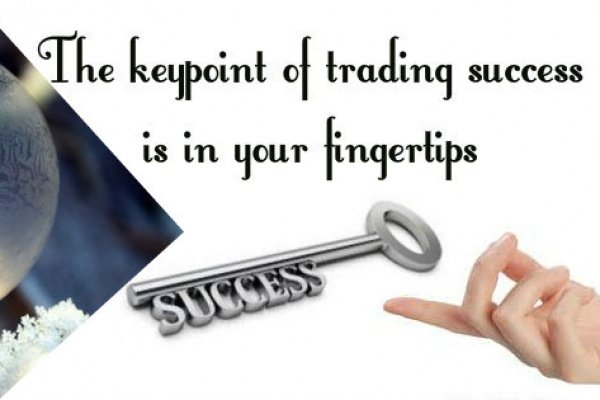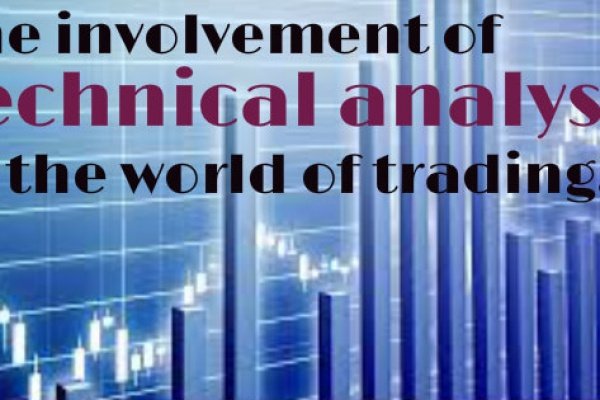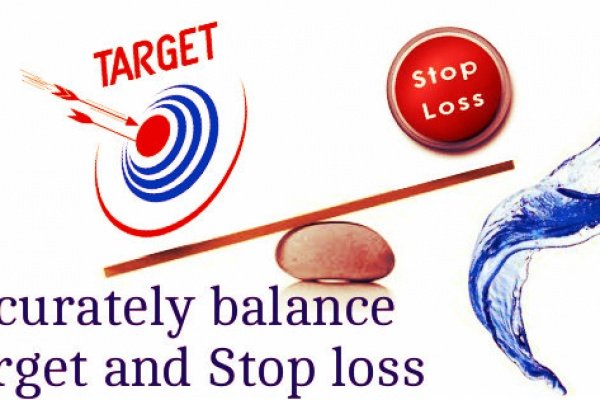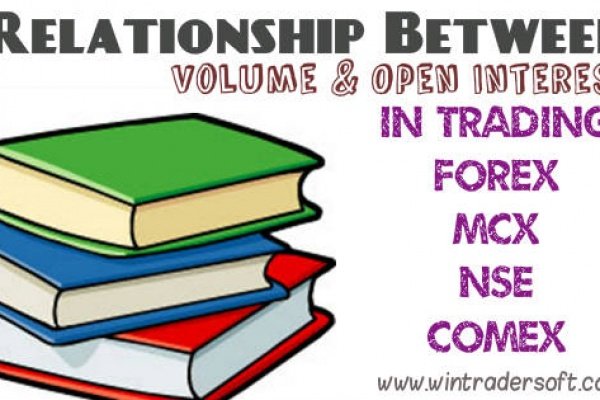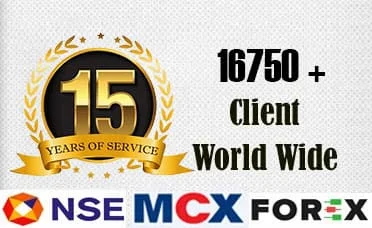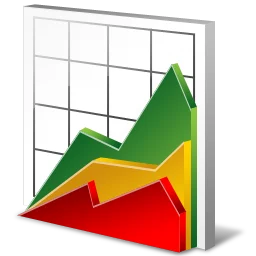Menu
≡
╳
- See the performance yourself, Register your FREE DEMO now
- info@wintradersoft-com.mars-cdn.com
-
follow us
-
FacebookOur group on Facebook to discuss with WinTrader BUY SELL Signal generating software and Trading systems
-
YouTubeWe publish and share video tutorials whenever it released, keep in touch with in our YouTube
-
Google+Our Google + page will discuss you with the latest updates in WinTrader BUY SELL Signal generating software and Trading systems
-
TwitterFollow us on Twitter for important industry news and latest updates in WinTrader Trading Systems
-
PinterestOn our Pinterest we share the latest screen shot of WinTrader BUY SELL signal software
-
InstagramWant to learn more about WinTrader Trading Systems? On Instagram we share our software screen shots.
-
- Blog
Click Here To Register Free Demo
1
Step 1
Previous
Next
WinTrader Buy Sell Signal Software Tag: accurate buy sell signal software in India
The best and highly accurate buy sell signal software for MCX, NSE, FOREX, MCX SX, NCDEX, COMEX markets. Take our FREE LIVE DEMO to see the performance.
CLICK HERE to visit our HOME PAGE for more details about WinTrader BUY SELL signal software for Commodity/Stock/Currency markets.
CLICK HERE to register our free demo
Stock trading is a very wonderful and interesting game. Winning secrets behind stock trading are perspective, discipline, and self-control of emotions. There are thousands of stocks available in the market. The news about all these stocks available through TV, Radio, and other media. All these news force investors to take emotional decisions. Chasing the stock is not good because sometimes you fail to buy at the correct point. TV news always displays the details of major stocks. Some news attracts you and you take certain decision to buy it. But what happened at that level is? The entry may be a late entry. Those who continuously sit in front of the PC or Tape do this kind of common mistakes. So channel monitoring leads you to a dangerous decision taking situation. Before buying a rising stock, always refer a weekly chart to identify if that stock is building a base or if it is extended too far. Market action productivity usage is not bad always. Review a comprehensive chart book every week and making a list of good stocks that meet your fundamental and technical selection criteria help you a lot for the better usage of market action. Do one more thing daily check the volume of your selected stock and note it down. Take average daily volume so that you can easily identify any noteworthy increase in volume. For the next couple of weeks keep this stock list with you. As time goes, one or two of stocks from your list will approach your buy point. Market watchers slow down during New York lunchtime. Also shows a strong color in the last hour of the day. Role of tips in trading Never buy stock on tips, rumors, or inside information. This sound wired to you because most of the people look…
Looking into any field you can see two types of people. One is successful people and the other is unsuccessful. Actually, what is the difference between the two? Successful people are willing to do all the things what others are unwilling to do. But in any field anyone can made mistakes. Even in your day to day life you made many mistakes. So no matter, whether you are a small investor, inexperienced beginners or smart professionals. There is chance to made mistakes. And they lose money. You just have to do is “Build up your weaknesses until they become your strong points”. “Concentrate on your strengths, not your weaknesses” This is the logic. Successful traders are risk takers not large risk but less risk. 98% of all investors make mistakes because they don’t spend enough time in live market to learn where they made mistakes in trading stocks. You remain in a belief that you know everything. Stop thinking in this way, and try to learn something new and enhanced rules to use in future. There are 21 common mistakes that most of the investors make. By avoiding these common mistakes success in the market can be achieved. If you serious once and expect better investment result avoid the following key mistakes. Persistently holding onto your losses when they are very small and reasonable All investors are human beings. Emotions will play game. The problem is most of the investors don’t want to exit with small profit and small loss. They wait for large profit and large loss as well. That means, if the stock price falls below your purchased price more than 7 % or 8%. You wait again with a hope that stock price may rise again without accepting that small lose. So learn to accept a simple…
We are living in the web city. In this web city everyone is connected through internet. Nowadays everything is possible through our one touch in one minute. But how it is possible? In my early times I also ask the same question to myself. Answer is simple be a smart worker than hard worker. The world of technology is waiting for you with many opportunities. Technology has a great influence on trading. When our finger moves with our ideas it is sure you are in great success. As you know trading is a wonderful opportunity to earn handsome income within the home. At the first stage trading is look like an ocean. We got confused how to throw a stone in to it. In such a situation you will be in a dilemma. Don’t bother about it. One thing is always with you for proper guidance that is technology. Money making is the second thing in trading the first thing is learn the strategies. More you learn more you earn. But we can easily catch the methods for success in trading by using a support of good software. The time which depends on news and other fundamental factors were gone. So run with the time. Focus on protecting what you have is more important than “Making money rather than losing money” thinking. We have to protect what we have as a human being everyone gets mistaken. But the person who learns from that is the wise. You can’t predict the movement of the market. But we have an option to get such information easily through highly accurate buy sell signal software. Nowadays software's influence can be seen in each and every part in components, throughout the developed and industrial nations around the globe. That means everything is possible through our fingers. But…
It is every traders dream to quit his job and make a living with trading from home. There will be no boss and will be lots of money and time. In your current job you may work for long hours. After this long time commitment and back home, it may left you totally drained.At that time think about take trading as a full time job. In today’s market trading is not a high barrier-to-entry field, one who has ambition and patience can trade and can take it for a living. Nowadays anyone can start trading with little to no money. Due to changes in technology and increasing volumes on the exchanges convert the high-barrier-entry field of trading into the low-barrier-entry field. There are two cases, requirement of a small amount of personal capital to get started the trading carrier and the other is no personal capital requirement. Anyone in the world can open trading at anytime because the market is so interlinked and any of these markets can be accessed with relative ease. Which implies even people with full-time jobs or children at home can trade with ease. It is only the matter of finding good market and different market opportunity. But we can’t completely say that trading is an easy business, it requires extreme care and preparation to stay in for long time. You can find different trading alternatives when you look for such alternatives in today’s market. But the matter of success will depends on you. You should capable of separating them such as which option can be used for a living and which one can be used for generating an additional income. For being a successful trader one needs to develop good trading rules. The combination of rules is more powerful than a single individual rule. The succeeding…
Why are traders demanding for scanning facilities in Technical Analysis Software, whether this facility is good or bad for trading success? Making money from trading is not an easy part or get quick rich scheme. Making profit from trading needs proper planning, financial management and proper tool for technical analysis particularly for day trading. But the majority of people who are trading or enter into trading professions with the prejudiced mind of making money from trading is an easy part. Don’t you ever think about that, if making consistent profit from trading is easy, then everyone will be rich in no time? The truth is only 5 to 10% of traders are making consistent profit from trading because of that they are called Professional traders. So what are the specialties in Professional traders that we don’t have to make success in trading? Suppose consider two traders, and two traders have the same technical analysis software to support their trade decisions like entry and exit points. Among those two, one has ended up in total loss and another in continuous profit, and then what will be the secret of second trader’s success. If we evaluate both of them, then we will find out that the secret lies in his financial management and discipline. Now we can look what is the key point in proper financial management and discipline in trade success. The key things to remember or taking in to account for the trade success under proper financial management and discipline are; Selection of segment you are trading like MCX, NSE, FOREX or all Investment allocated for each segment Scrips / Commodities / Currency Pairs selected for trading and the fund allocation to each Describing all these need lots of time and things to convince, but our topic is whether scanning facility is…
Technical analysis is the fore casting of future financial price actions on the basis of the study of past price movements. It does not give an absolute prediction of the future. Technical analysis use different variety of charts based on the price movements. The technical analysis is applicable to any tradable instrument; the price is influenced by the supply and demand forces. The technical analysis shows the varying price value and the market fluctuations in different time frame. So that we could understand the trend of the market and can follow that to attain a good profit. Technical analysis beauty lies in its effectiveness. Because technical analysis principles are universally accepted, using the same tentative background each of the above analysis steps can be performed. Unlike fundamental analysis technical analysis focuses on short periods may be only few seconds or one month. It is well-matched to those who try to make money by buying and selling securities repeatedly but not suited for long term investors. Technical analysis spot the price headed direction, overlooking individual fluctuations. Technical analysis shows the concept of support and resistant levels. These are not fixed levels, but they fluctuate. Channel lines can be seen on a chart, among them the bottom line indicate the support level (security floor price), and the top line indicate the resistance level (security ceiling price). You can use support and resistance levels to confirm whether the trend is exist or not and can also be used to identify the trend reversal. By paying attention to volume trades you can identify the validity of trend. When you follow the technical analysis careful about the volume that means how many buy and sell takes place at a particular time. A series of calculated averages measured over consecutive, equal periods of time is the moving average. So…
In trading it is important to maintain stop loss and target efficiently because each one is important in its part. From word you can understand that it stops your loss. It is very important to have proper target prices and stop losses set before you purchase a share. Stop loss is a buy or sell order which gets triggered automatically, once the stock reaches a particular price. The focus here is to limit the loss on a secured position. Stop-loss is used to minimize the loss of a trader. Assume that you have bought a share at Rs 1000 and you have decided to accept only Rs 50 loss so place a stop loss at Rs 950, so when this price will reach your share will be sold in market. Suppose the price goes more down towards Rs 900 then you do not have to face more loss as your share is already being sold at Rs 950. For a Sell, the limit price must be less than or equal to the trigger price. If for a stop loss order to buy, the trigger price is 930 the limit price is 950 and the market price is 900, then this order will be released into the system once when the market price reaches or exceeds 930. Let’s analyze the another example, Suppose you have bought a share at Rs 10 and you have decided to accept only Rs 2 loss so place a stop loss at Rs 8, so when this price will come your share will be sold in market. Suppose the price goes more down towards Rs 8 then you do not have to face more lose as your share is already being sold at Rs 8. If you are wish to having your trading is in a right peak so you have to put the target price efficiently but all the time it is not…
To get to grip with emotion is the hardest thing for a person new to trading. Also for a person who think himself to be a mentally strong person. When he started trading all these will change. So first learn how to control your emotions and try to keep them outside. Fear and greed are the two common emotions among the traders. All traders know that some days are not their days. And some other days market is not responding with traders need. And they face loss in those days. And if a trader stays too much in that single down day it will dip him in depression. Instead of reading too much about that day realizes that you are going in a wrong direction and adapt some other techniques. If you find a little bit of depreciation after your day trading. Forget it and if you can’t do that watch a comedy movie or listen some good songs it may get your mind out off the market. And just relax! A trader should act fast. Other thing is that they have to make big decisions within a very short amount of time. And there comes an emotion doubt. All which is new to trade cannot avoid this emotion. Market movement is very fast and we don’t have enough time to wait there. If you have many doubts and long time passed don’t do a trade. To avoid this study how can you make quick decisions by structured analysis. If your mind doesn’t think properly go and take a small cup of tea and get away some minutes. Now how you can control your emotions? It is also in your hand. Do some hard work before trading means find some time to learn about trading. Find good books and watch some…
Traders have a vast area of trading options to select. Trading can be divided into many categories. They are intraday, short term position or long term position. All are not doing the same. Some are doing the short term, some are doing the long term and some others are there, they hold for years and get profit. Intraday trading ends up in the same day itself, short term position traders hold the shares for few weeks and the long term position traders can hold the shares for weeks and even for years also. Each trading options have its own advantages and disadvantages. Technologies have also had an influence in trading. Nowadays all are interested to do the online trading and follow the online trading strategies. Here are some of the online trading options and their benefits. First is the day trading. As I told you it ends up in the same day itself. It is the most common trading options which most of the people are doing. Traditionally this was used by the professional traders only. But in the recent years by the development of technologies and the materialization of online CFD trading websites implies even a non professional trader can trade in these types of securities. Several types of day trading are taking place with several traders specializing in particular areas like scalping trading, price action trading, rebate trading, etc. The benefits of day trading are, it can be a fast way to make a huge amount in a very short time. Once again this depends on your investigation and accuracy of your data which you use to decide which securities you want to buy and sell. The next is the position trading. It is a long time strategy in which the traders buy and hold the securities for a…
Volume and Open Interest Relationship in Trading Commodity, Stock and Currency Market The easiest method to demonstrate the generally acknowledged analysis between volume, open interest, and price action is to construct a table like the one below. Price Volume Open Interest Market Analysis Up Up Up Strong Up Down Down Weak Down Up Up Weak Down Down Down Strong As you can see from the above table, traditional open interest analysis includes four possibilities while in trading financial market like Commodity /Currency / Stock Segments. Prices are going up, and open interest is going up. This means that new money is flowing into the market and there is buying pressure (Do not incorrectly assume there are more buyers than sellers, because there are not. The price rise shows that the buyers are willing to pay higher prices and, of course, the sellers are prepared to cooperate.) This situation is considered bullish. Prices are going up, and open interest is declining. There are comparatively few new buyers, and money is leaving the market. The rally is most likely caused by shorts selling who are giving up and covering their positions, thereby exiting the market. This is often bullish for the short term, because the shorts will normally pay any price to get out, and because they cannot afford to stay in and accept further losses. This action is ultimately bearish. Without new money coming into the market, the rally will fail as soon as the short covering is finished. However, short covering gets to be self-enabling and can last longer than one might suspect. Expert says that the total open interest (meaning the open interest of all contracts combined) always declines five to eight days before the final top. 3 Prices are falling, and open interest is rising. New money is coming into…



